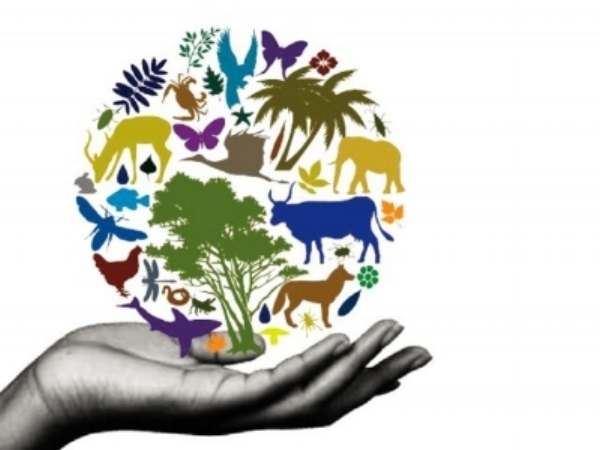Exploring the NRCS Web Soil Survey
While completely unrelated, my first impression of the NRCS Web Soil Survey was that the interface reminded me of the accounting Cisco platform used at my old agency about ten years ago. I recognized many of the icons and the expand/contract features, and the function of generating excel file reports was the same. I remember at the time feeling that accounting platform was a bit antiquated so went into this assignment with that assumption. However, my experience with this platform was much more positive!
I appreciated the fact the tool provided correction / trouble shooting prompts to me throughout my exploration. For example, at first I didn't correctly select my area of interest (AOI) and when I tried to click the Soil Map tab, received an error message with instructions of how to correctly navigate.
With this error message prompt, I quickly understood how to select my AOI, as shown here.
The Shopping Cart tab and feature also seems helpful, as it essentially collects information that you've deemed interesting or would like to save for future reference (or printing, downloading, etc.) for you. I often find myself toggling through multiple open browser tabs when I'm working on a research or work project and this feature seems it would help from an organizational standpoint.
Overall, the Web Soil Survey platform was relatively easy to navigate, despite the user interface appearing to be a bit dated. I appreciated the error messages paired with instructions for how to correctly navigate. It was almost as if the tool wanted to help me find what I was looking for!






Comments
Post a Comment